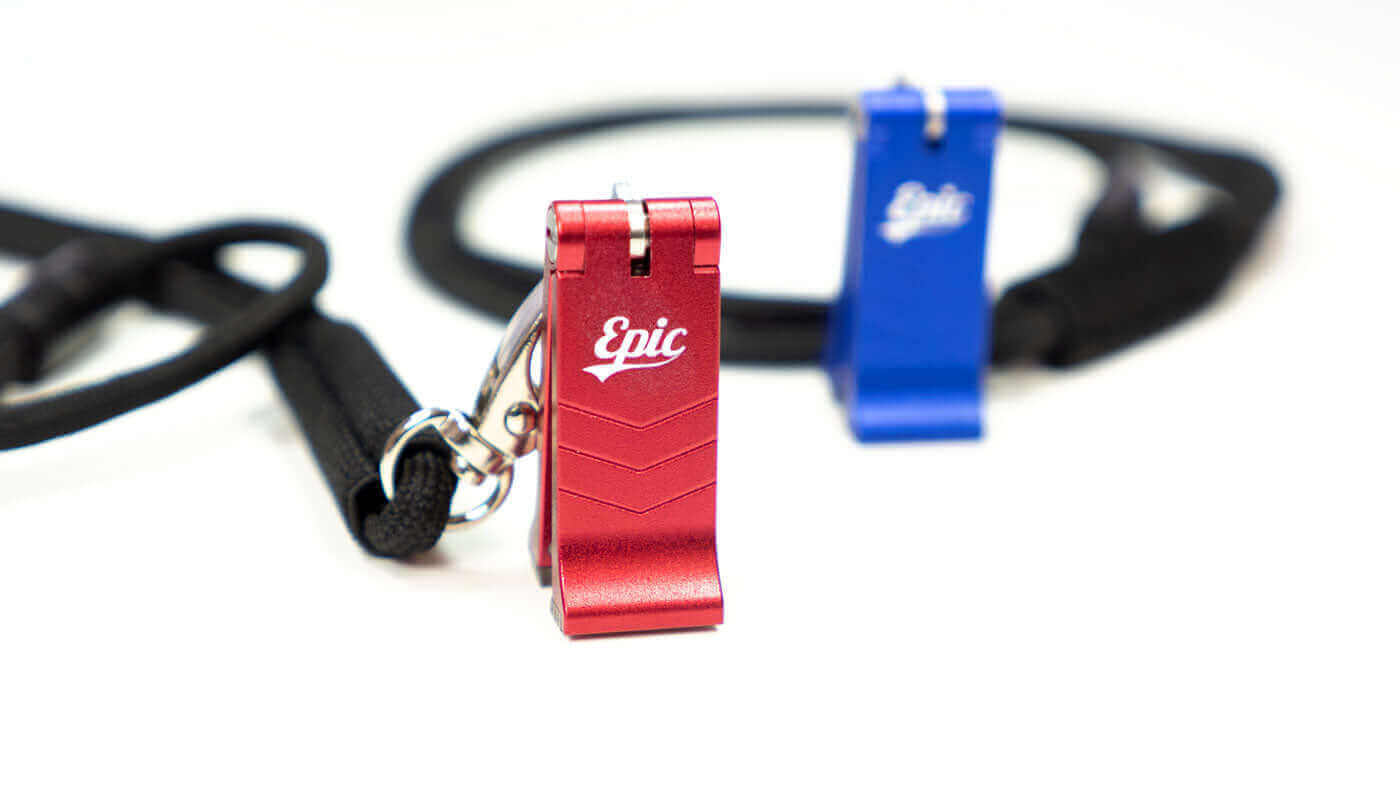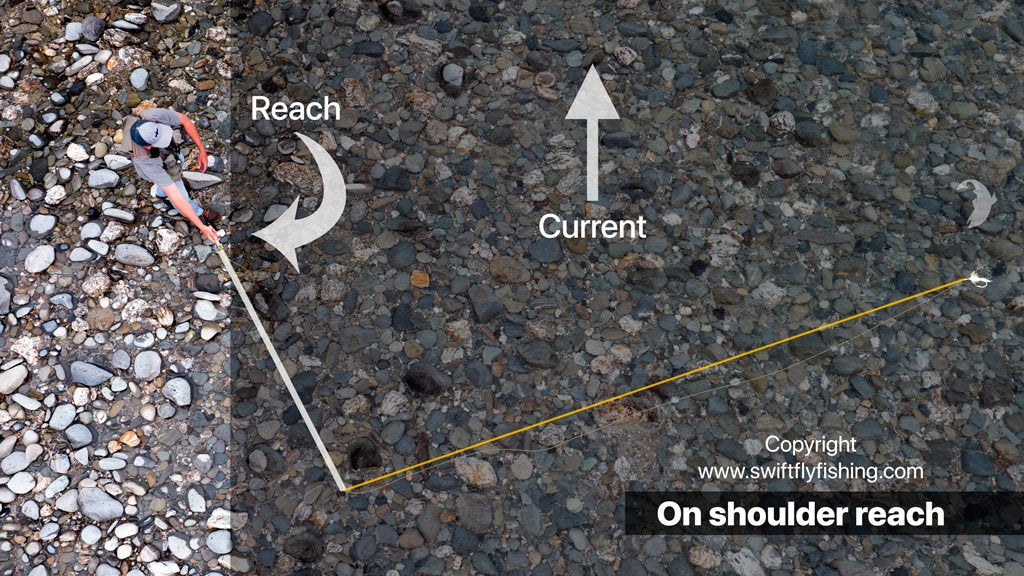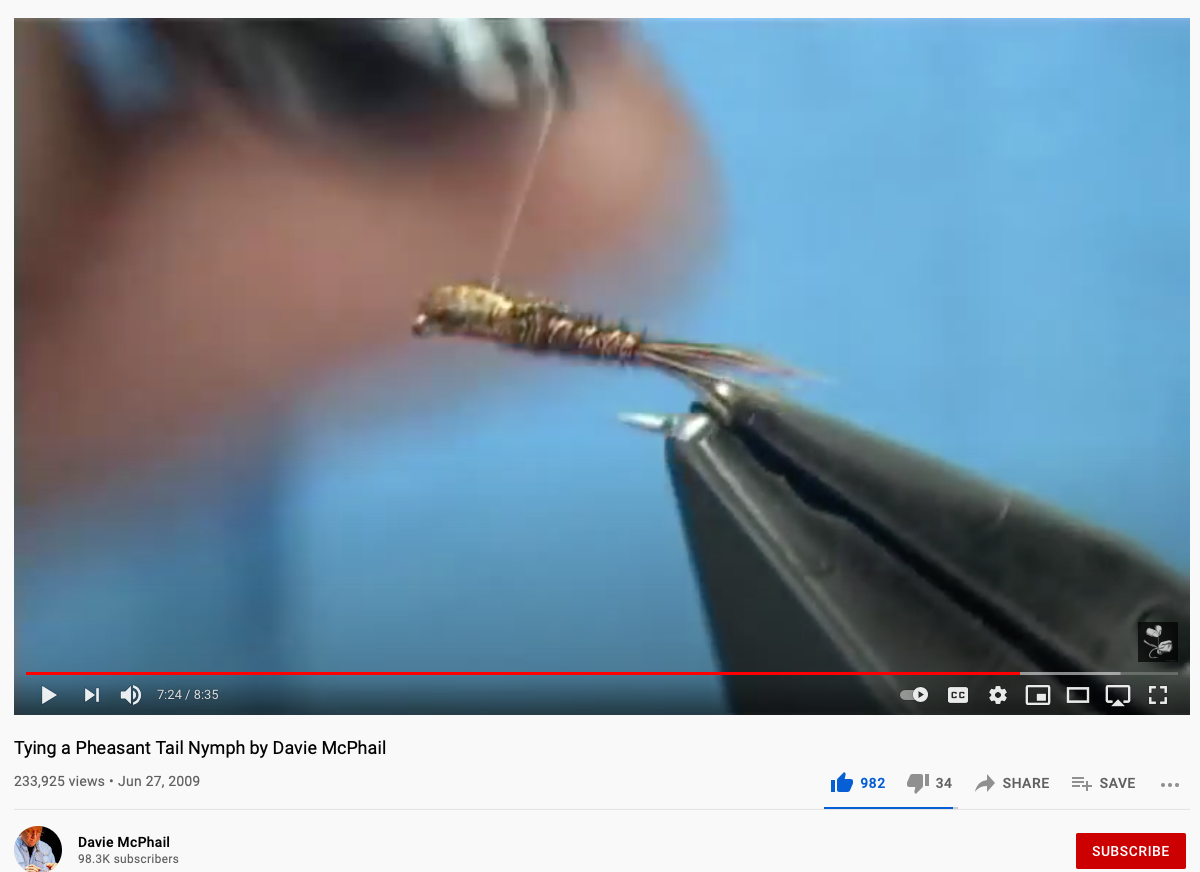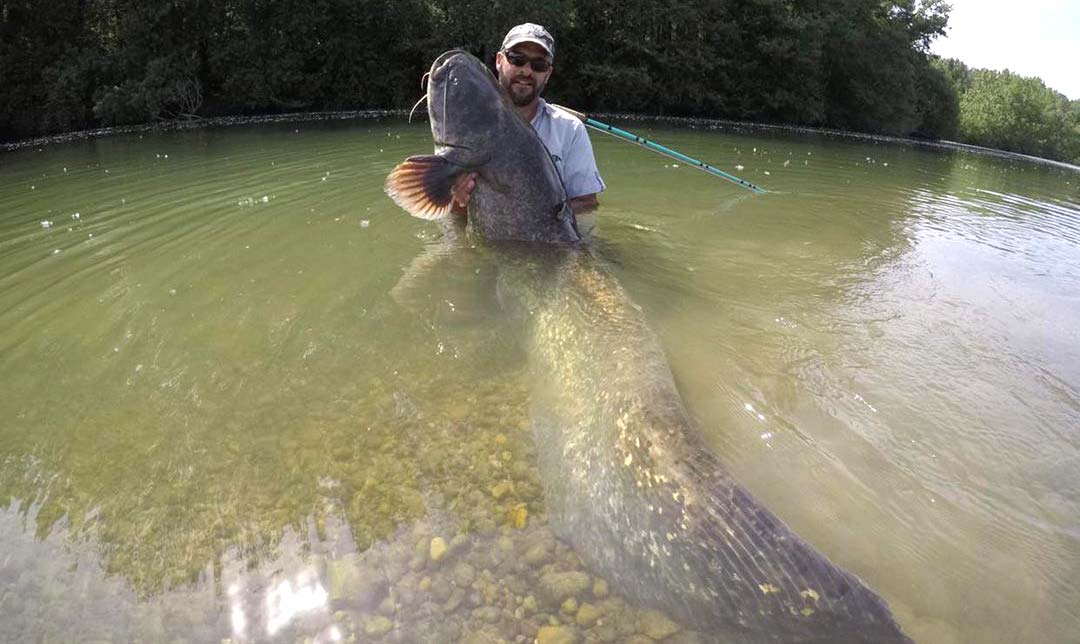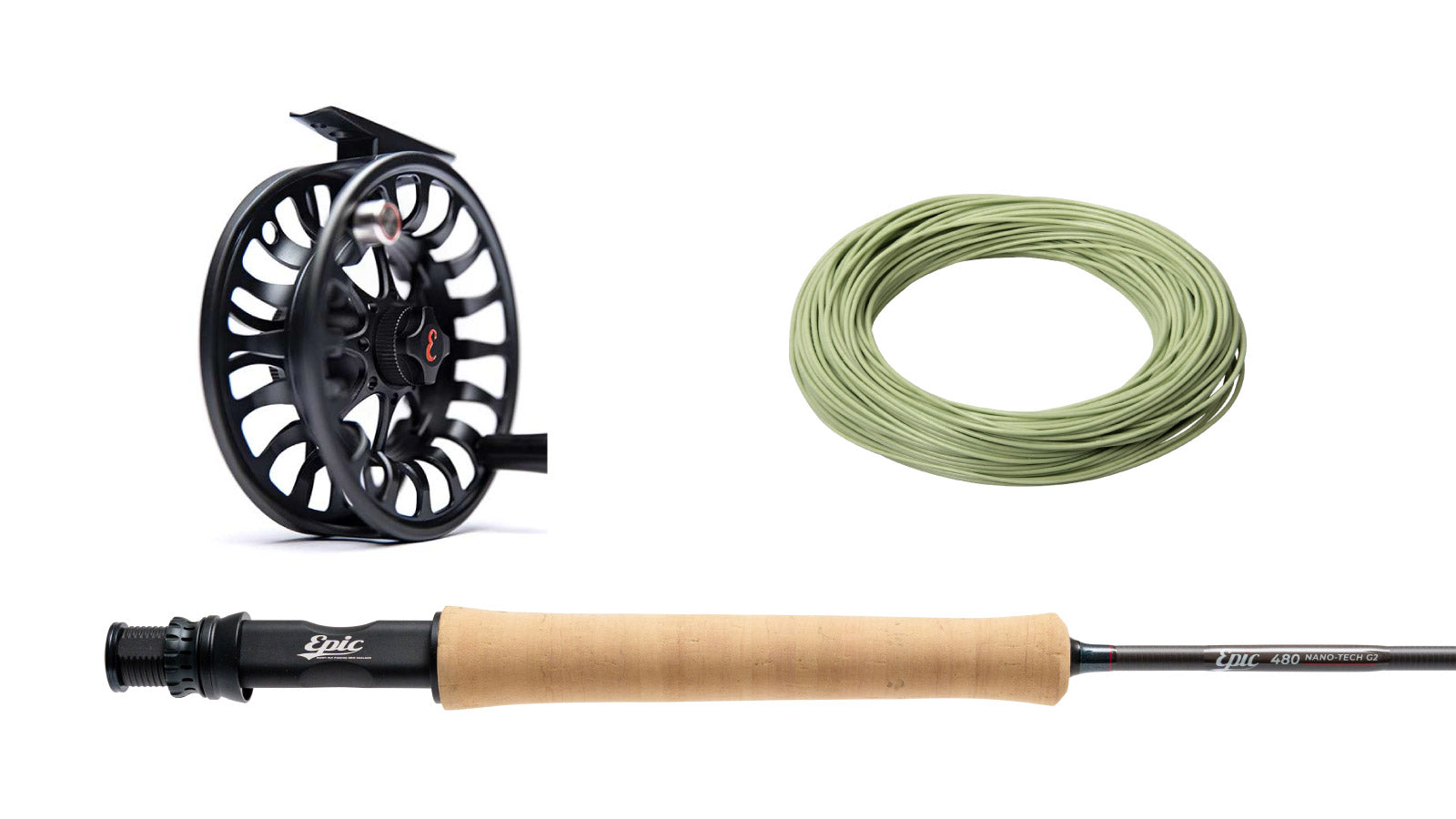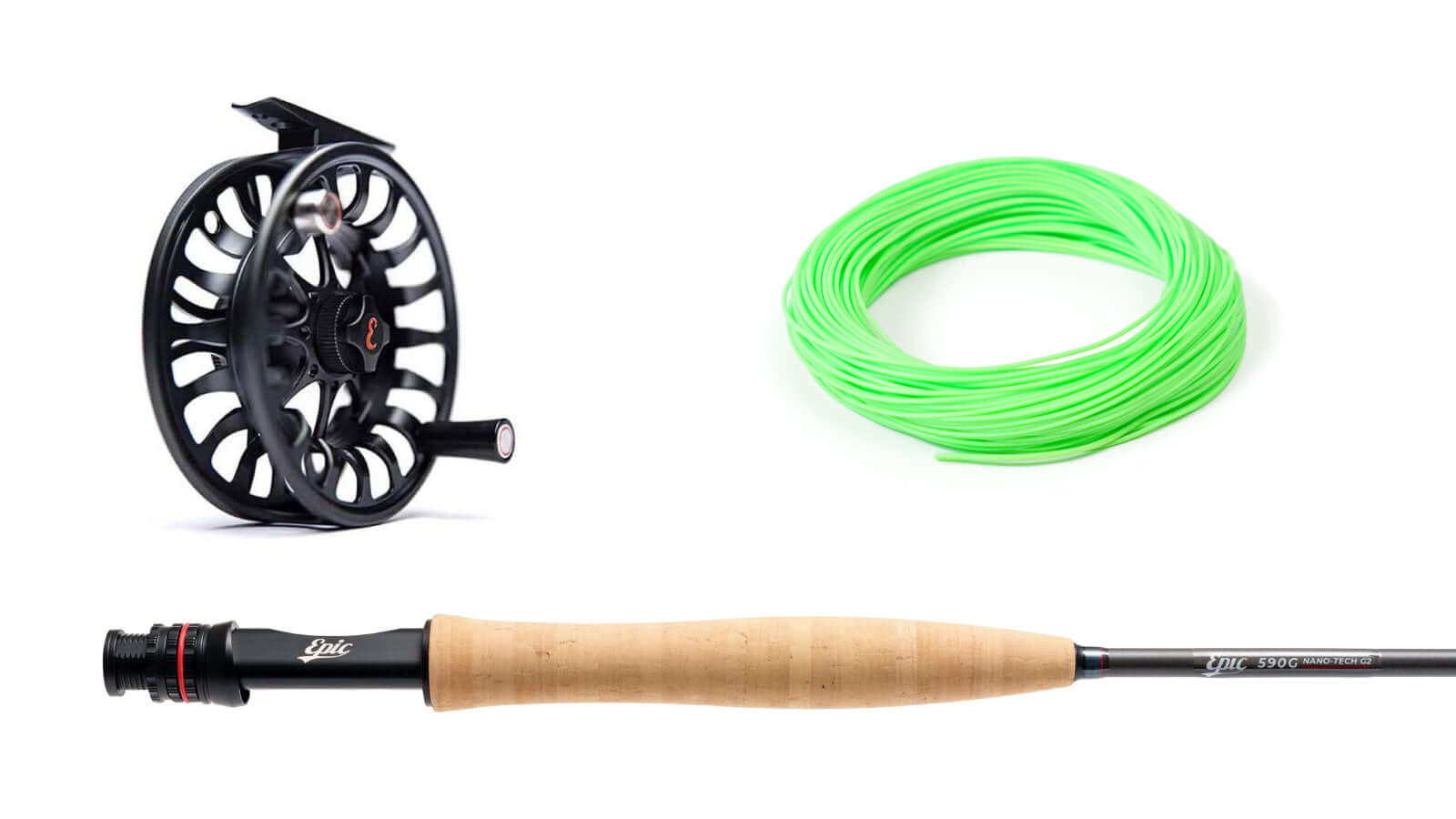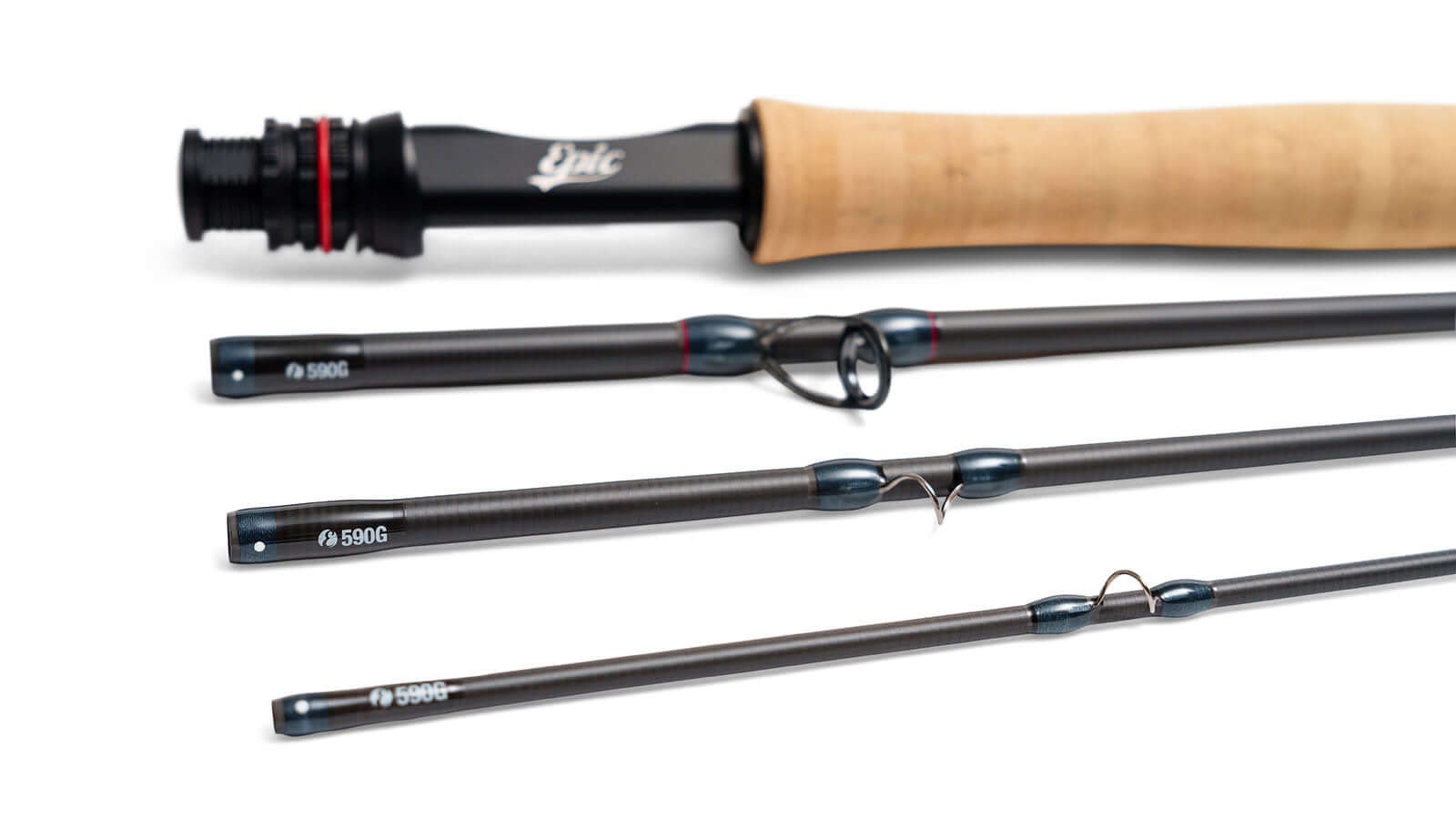Reach for it. The reach mend.
Mayflies. Matching the hatch also means matching the drift and mayfly hatches require that all important drag free gift.
What goes up must come down and a Mayfly hatch also means falls of spent spinners - mayflies are short lived and once they’ve mated, the females will return to the water to lay their eggs before they die.
After the initial hatch you’ll see the mating Mayfly dancing above the tree tops and brush. After mating the males are drained of energy and gradually float down to the water where they die and lie with wings and tails spread out in the surface film. The females manage enough energy to fly upstream to lay their eggs so the current will carry them back down to be deposited in roughly the same stretch of water where they lived during the nymphal stage. After she has laid her eggs she also dies and becomes “spent”. Hence the term "spent spinner"
Whether you are fishing up-wing hatching duns, spinners or an emerger pattern, good Mayfly imitations generally require flies to be fished drag free and dead drift.
Long leaders and fine tippets help a great deal in getting small flies to drift naturally. But even very fine tippets will begin dragging flies quickly if not cast correctly. Drag tends to occur the moment the tippet and leader comes tight to the fly, getting some slack in the leader will greatly delay the onset of drag.
The Reach Mend.
A great method to help get good drag free drifts is to introduce some slack during the cast. There are many slack line casts but the Reach Mend is the most simple, if you tend to present your fly side on and at an angle to your fish - (and I suggest you do) then you’ll want to use this cast pretty much every time you throw a fly.
Technically this is not actually a cast but an aerial mend. By definition any line repositioning that occurs before the rod stops is a cast of one sort or other. But if the line is repositioned after the stop this is no longer a cast but a mend, and in this case the repositioning is performed after the stop but while the line is fully aerialised – hence it’s correct name, Reach Mend.
You’ll already be familiar with the concept of mending – the repositioning of line whilst on the water to help negate varying currents and achieve a longer drag free drift. You usually try to throw some slack up or down stream – this slack line still gets taken up by the current but it does help prolong the time before the line goes taught and starts dragging the fly.
Here’s how to make a reach mend.
Make your cast upstream of the fish and as the line is sailing out reach the rod upstream and out to your side. Yep, it’s that easy. As i’ve endeavoured to show in these illustrations the object here is to throw line upstream and at an angle back down to the trout. There’s a rough triangle formed between you, the fish, the fly line and rod. It’s that upstream line that is doing the business for you.

As the fly drifts down, raise the rod tip to pick up the slack. When the rod is pointed straight across stream, flop the slack back upstream to extend the drift even further. You’ve just mended a reach mend and that's about as good as it gets.
Depending on which side of the river you are you’ll be reach mending a little differently, but the rule is always the same, make your reach upstream.

You’ll either be reaching upstream across your body - the “Off shoulder Reach Mend”. Or you’ll be reaching upstream straight out from your shoulder, the “On shoulder Reach mend”.
Here's the full drill in video from our DVD Fly Casting DVD Casts that Catch Fish which can be purchase here
Last tip: If you are unsure whether fish are taking Duns or Spinners just fish an emerger. Actually, just fish an emerger in the first place, it’s a better fly.



